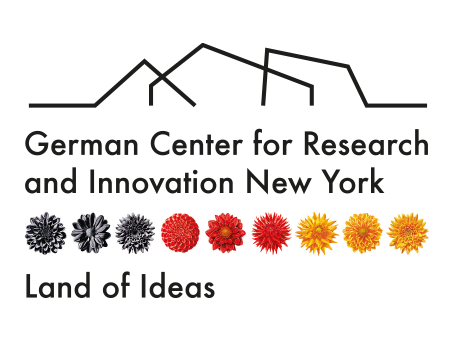Using AI to Take Better Aim against Mosquitos

Led by geoinformation scientists of Heidelberg University, an international research team has developed a new AI-supported method for mapping mosquito populations.
The Aedes aegypti mosquito is responsible worldwide for the spread of infectious diseases such as dengue, Zika, chikungunya, and yellow fever. To combat the widely transmitted diseases affecting millions, detailed mosquito distribution maps with data on the spatial and temporal spread of populations are of major importance. Satellite and street view images are analyzed to more precisely assess the environmental conditions that favor the presence of Aedes aegypti.
Also known as the Egyptian tiger mosquito, Aedes aegypti is mostly found in tropical and subtropical regions of the world – especially in cities, where it prefers to breed in man-made water containers such as drinking water tanks, car tires, trash, or plant pots. Because the global availability and acceptance of vaccines for the diseases it transmits are still limited, except for yellow fever, controlling mosquito populations is currently the most effective intervention. Among the partly very cost-intensive measures of vector control are spraying insecticides as well as releasing mosquitoes infected with the naturally occurring bacterium Wolbachia. The bacterium can prevent virus transmission by Aedes aegypti and affect its propagation.
Implementing these control measures requires urban mosquito distribution maps, particularly in especially affected major cities such as Rio de Janeiro (Brazil). “Precise maps are not only interesting from a financial standpoint to effectively plan mitigation measures but are also ecologically relevant, because some of these interventions, like extensive spraying of insecticides, harbor the risk of resistance development,” states Steffen Knoblauch, doctoral candidate at the Institute of Geography of Heidelberg University. Until now, mosquito distribution maps have mostly been based on manual field measurements of single mosquito traps for a monthly count of eggs and larvae. In large urban areas, however, countless traps would have to be set up and large numbers of personnel deployed to maintain a reliable overview of the spread of mosquito populations. Yet another challenge is the limited flight range of the mosquitoes, which is approximately 1,000 meters without wind assistance. This makes it difficult to derive distribution maps for major urban areas from mosquito trap measurements.
To overcome this problem, the geoinformation scientists of Heidelberg University developed a new approach to mapping mosquito populations. “It utilizes the fact that the density of known breeding sites can be a significant predictor for the number of eggs and larvae measured in the traps, as shown by the investigations in Rio de Janeiro,” explains Prof. Dr Alexander Zipf, head of the Geoinformatics/GIScience research group at the Institute of Geography and Director of the Heidelberg Institute for Geoinformation Technology (HeiGIT). By leveraging artificial intelligence, the researchers analyze satellite and street view images to detect and map possible breeding sites in cities. In combination with field measurements, it is then possible to assess the environmental conditions that favor the presence of Aedes aegypti more precisely than before.
